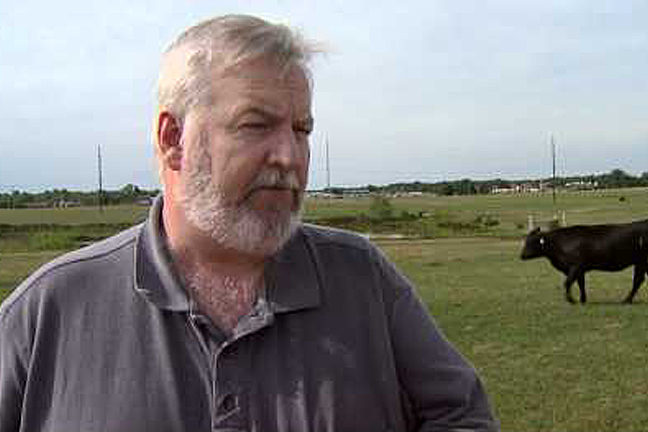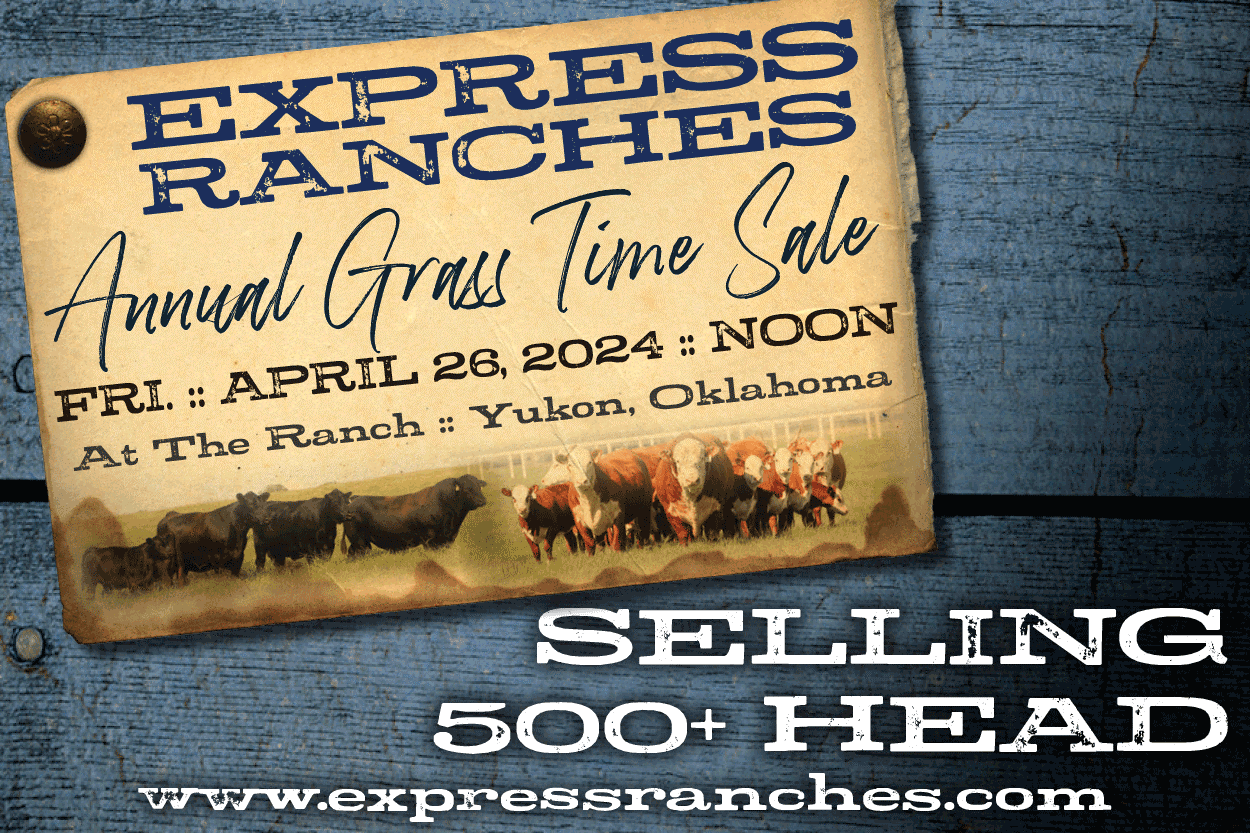
Agricultural News
Peel Advises Producers on 2014 Calf Marketing Decisions
Mon, 09 Jun 2014 10:45:53 CDT

Derrell S. Peel, Oklahoma State University Extension Livestock Marketing Specialist, writes in the latest Cow/Calf Corner newsletter
Calf prices are at record levels and will remain very strong the remainder of 2014 and beyond. Cow-calf producers will enjoy record revenues and, for many, record net returns for the cow-calf enterprise. In drought areas, many producers continue to incur additional feed costs that will reduce net returns, even at record calf prices, and, more importantly, many producers have reduced herd size resulting in fewer calves to sell and leading to reduced ranch returns, even with record per head profitability. With calves bringing record prices, it may be tempting for cow-calf producers to become a bit complacent about calf marketing. Producers may see unprecedented calf revenues with little effort but it is important to take advantage of the opportunities in the current market to maximize net returns.
One consideration is whether to sell calves at weaning or consider retaining stockers for additional weight gain. Selling calves at weaning may be the best option but other opportunities should be evaluated. Remember that cow-calf and stocker producers are not so much in the cattle business as in the forage business and the relevant question is how to market forage to its best value. At current prices, the value of added weight gain for lightweight feeder cattle is well over $1.00/pound. At any point in time, the value of added weight gain will depend on the weight of calves at weaning, corn prices and other market factors. Against this, producers should consider the quantity and quality of feed resources available, other potential uses of those feed resources, and labor and management considerations which will influence the cost of gain for retained stockers. Retaining stockers is not an all or nothing consideration and producers should evaluate the opportunities relative to size and gender. For example, it make sense to sell the heavy end of the calf crop at weaning and retain the lighter calves for additional weight gain or sell the steers and keep the heifers (see below). In 2014, producers may sell weaned calves for more money than ever before but there may be even better returns by retaining some calves for added weight gain.
Another consideration is adding value to calves prior to marketing. Basic cow-calf management practices such as weaning, castration, dehorning and vaccination have even more value at current price levels. The value of these practices may be best captured in certified preconditioning programs in which buyers know that calves have been managed according to specific protocols that ensure calf health. There is sometimes a feeling among producers that it is difficult to capture additional premium for preconditioned cattle when prices are already high. However, from a buyer perspective the value of preconditioning to reduce the risk of calf morbidity and mortality is even higher given the large investment being made in the cattle. It is important for producers who make the investment in preconditioning to also market the cattle in a way to capture the additional value, such as in special preconditioning sales that will attract buyers most likely to recognize the value of preconditioned calves. One such opportunity in Oklahoma is to enroll calves in the Oklahoma Quality Beef Network (OQBN) and participate in one of the OQBN sales around the state. More information about OQBN is available at www.oqbn.okstate.edu.
A final consideration is the unique opportunity in the current environment to market heifers separately and differently from steers. In addition to demand for feeder heifers, there will be very strong demand for replacement heifers for the next 2-4 years. Producers will have opportunities to sell weaned heifer calves, yearling replacement heifers, bred heifers or first-calf heifer pairs. For several months, replacement heifers have been selling at little or no discount to steers of comparable weight. Retaining and raising heifers may provide considerable production and marketing flexibility in the use of forage resources.
WebReadyTM Powered by WireReady® NSI
Top Agricultural News
More Headlines...



















